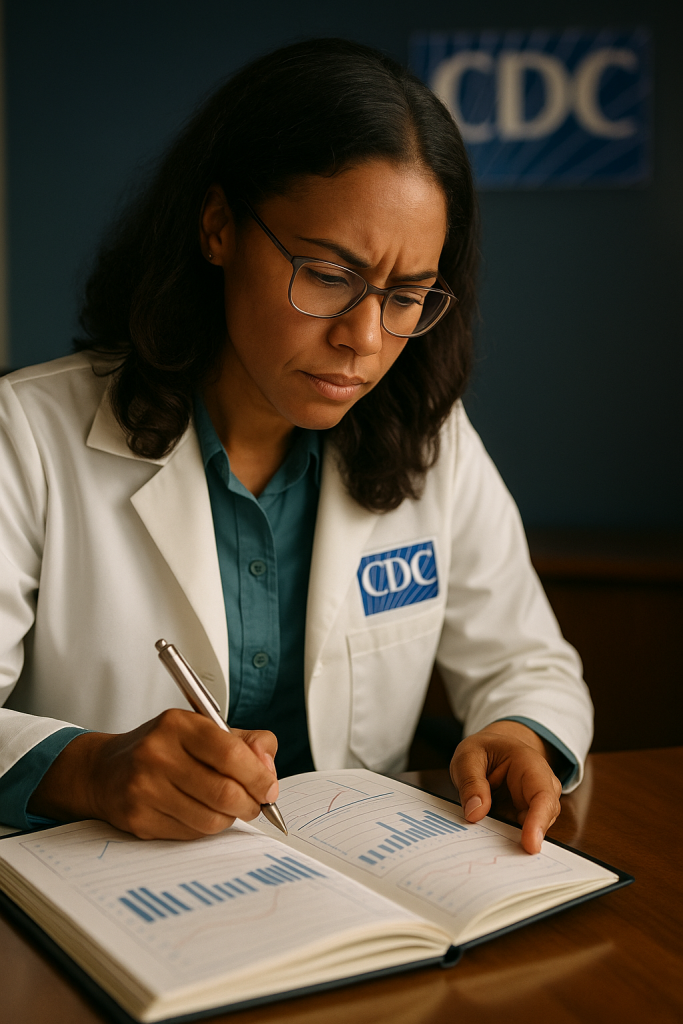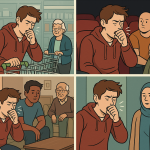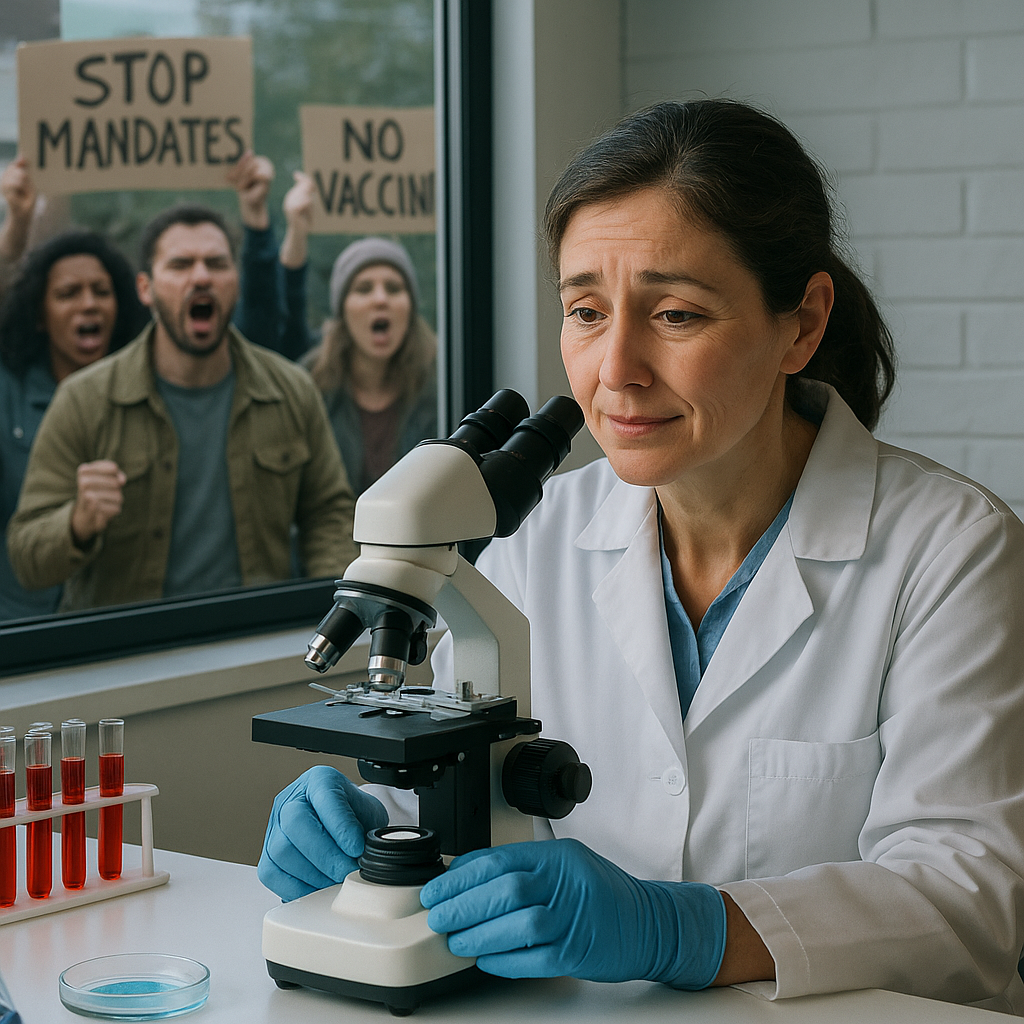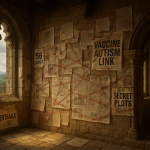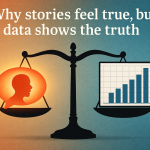We tend to picture public health as a building.
Maybe a bland government office. Maybe a logo on a letterhead.
A place where some nameless “they” make rules and recommendations.
But that’s not what public health is.
It’s not a place. It’s not a bureaucracy.
It’s people. And many of them got into this work because they lost someone.
A Brother. A Promise.
Meet Rachel.
She’s a state epidemiologist now. Calm, analytical, deliberate. The kind of person you want in charge when everything hits the fan.
But what brought her here wasn’t a career fair.
It was her brother.
When they were kids, he died suddenly from meningitis.
One day he had a fever. The next, he was gone.
Her parents were told it might have been preventable—if the outbreak had been caught sooner, if more kids had been vaccinated, if doctors had known what to look for.
So Rachel made a promise.
She would make sure the next family didn’t get that call.
She was 12.
Now she tracks outbreaks for a living. She builds early-warning systems. She helps make sure that if someone gets sick, you hear about it before it’s too late.
You’ve never seen her face on the news.
But she’s been watching over your family for years.
Public Health Isn’t a Desk Job. It’s a Calling.
Most people in public health could have made more money doing something else.
Many have advanced degrees, years of training, and skill sets that private industry would pay handsomely for.
But they stayed. Why?
Because they remember the kid in their class who died of leukemia.
Or the grandmother who was never told about a cancer screening.
Or the time their town’s drinking water turned brown and no one knew what to do.
They didn’t get into this to “control people.”
They got into it to save lives—quietly, thanklessly, and sometimes invisibly.
You’ve Met Public Health—You Just Didn’t Know It
That nurse at the vaccination clinic? Public health.
The person who inspected your local restaurant to keep salmonella off your plate? Public health.
The doctor who helped trace COVID exposure at your child’s school?
The woman who advocated for clean air protections in your city council meeting?
The guy who ran a free HIV testing van in your neighborhood?
All public health.
They’re not elites. They’re not distant.
They’re your neighbors, your coworkers, your kids’ soccer coaches.
They’ve Been Through Hell
And over the last few years, they’ve taken a beating.
Not just from COVID—but from us.
Harassment. Threats. Doxxing.
Some had to leave their jobs. Some left the field entirely.
And yet… many stayed.
Not because they love the spotlight.
But because they still believe in the mission.
The Bottom Line
If you imagine “public health” as some cold, distant machine—you’re not alone.
But you’re also not seeing the full picture.
Public health is made of people.
People who’ve seen what happens when we don’t act in time.
People who’ve lost, learned, and devoted their lives to making sure others don’t have to.
You may not always agree with the policies.
You might question the guidance.
But don’t forget:
Behind every public health decision is someone who chose to protect you before you ever knew their name.
If this helped you see public health in a new light, leave a comment on the Facebook post and let us know. Stories like this need to be shared.
Last Updated on June 26, 2025

